They look unassuming, but Turkish style runner beans in olive oil is one of the most delicious things you can eat! A popular meze and summer food, I make taze fasulye, as it’s called in Turkish, as often as I can when the beans are in season. It works well with rice alongside for a light dinner. Or you can serve chicken or fish alongside, if you like. Either way, it’s absolutely delicious.
I used to think vegetables are best when they’re still crunchy. Like pasta, al dente was the way to go.
But that was until I encountered the Turkish concept of zeytinyağlı meze, olive oil based dishes, where vegetables are cooked in olive oil over a low heat until they’re completely soft.
The best way to cook runner beans
And now, true convert that I am, I think there is something quite wonderful about vegetables that have become so soft they almost melt on your tongue.
Of course, the flavour needs to be there too. Otherwise, it’s just a sad old vegetable. But if the method used to get there is a good glug of olive oil, some onion, garlic and tomato – count me in.
Virtually any vegetable goes as far as zeytinyağlı meze are concerned.
My favourite though?
Taze fasulye. Turkish style runner beans in olive oil. In spite of its sometimes slightly underwhelming look, it’s usually one of the first mezes to disappear from the table. It’s really that good.
A few tips for making taze fasulye
In Turkey, runner beans are typically used. These come in different shapes and sizes. They’re always cut into smaller pieces, but exactly how is up to the cook. I like cutting them thinly, at an angle.
If you can’t find runner beans, the dish also works really well with regular green beans/French beans. This is commonly used in neighbouring Greece, where they have a similar dish called fasolakia giaxni. The flavour and texture will be slightly different, but still delicious.
The beans are best eaten at room temperature. Allow at least half an hour for the beans to cool once cooked. The Turks are adamant that the beans should not leave their pot until they are at room temperature, so I daren’t do anything but listen to them.
The beans keep well in the fridge, so make ahead if you wish. But make sure you allow the taze fasulye to come to room temperature before eating. Being fridge cold does the dish no favours.
How to serve Turkish style runner beans
The delicate flavours makes this dish highly versatile.
I usually serve these as a light summer dinner. In fact, I do so almost every week during the runner beans’ short season from late spring until mid summer. All I need alongside is Turkish style rice and a freshly chopped salad.
Taze fasulye is also popular served as a meze. I rarely make it especially for the meze table, instead having it for dinner the day before I’m expecting guests. Then I’ll serve up what’s left as a meze, as the beans will keep perfectly for days in the fridge. As mentioned above, just make sure you allow them to come to room temperature first.
The dish also works great as a side dish with white meat or fish.
The recipe serves 3-6, depending on what else is on offer.
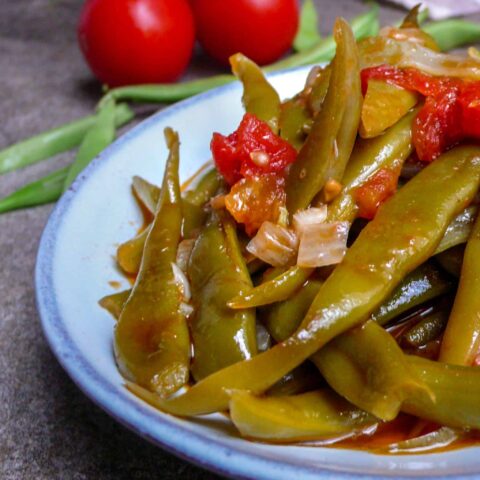
Runner beans in olive oil (Zeytinyağlı taze fasulye)
Ingredients
- 500 g runner beans, ends and sides trimmed
- 5 Tbsp olive oil, I use a mild extra virgin, plus extra to serve
- 1 small onion, finely chopped
- 1 clove garlic, finely chopped
- 1 tsp sugar
- 200 g (2 medium) tomato, peeled and chopped
- 50 ml water
- extra virgin olive oil, to serve
- salt and black pepper
How I make it
- Rinse and dry the beans. Cut or break off the ends and any string running alongside the edges of the bean. Cut in c. 5×1 cm strips at an angle. If using regular beans, top and tail and use whole or cut in half.
- Fry the onion in a large pan or pot on medium heat until the onion is softened but not browned, 10-12 minutes. Stir regularly.
- Add garlic, sugar and some salt and fry for another minute, stirring continuously. Add the beans, tomatoes and water. Stir well. Put a lid on and let simmer for 30 minutes, stirring occasionally. Add extra water if necessary.
- Remove the lid and continue to simmer until the water has evaporated and the beans are completely soft, 10-20 minutes. Season.
- Take off the heat, put the lid back on and let rest until the beans have reached room temperature. Serve with a drizzle of extra virgin olive oil on top.


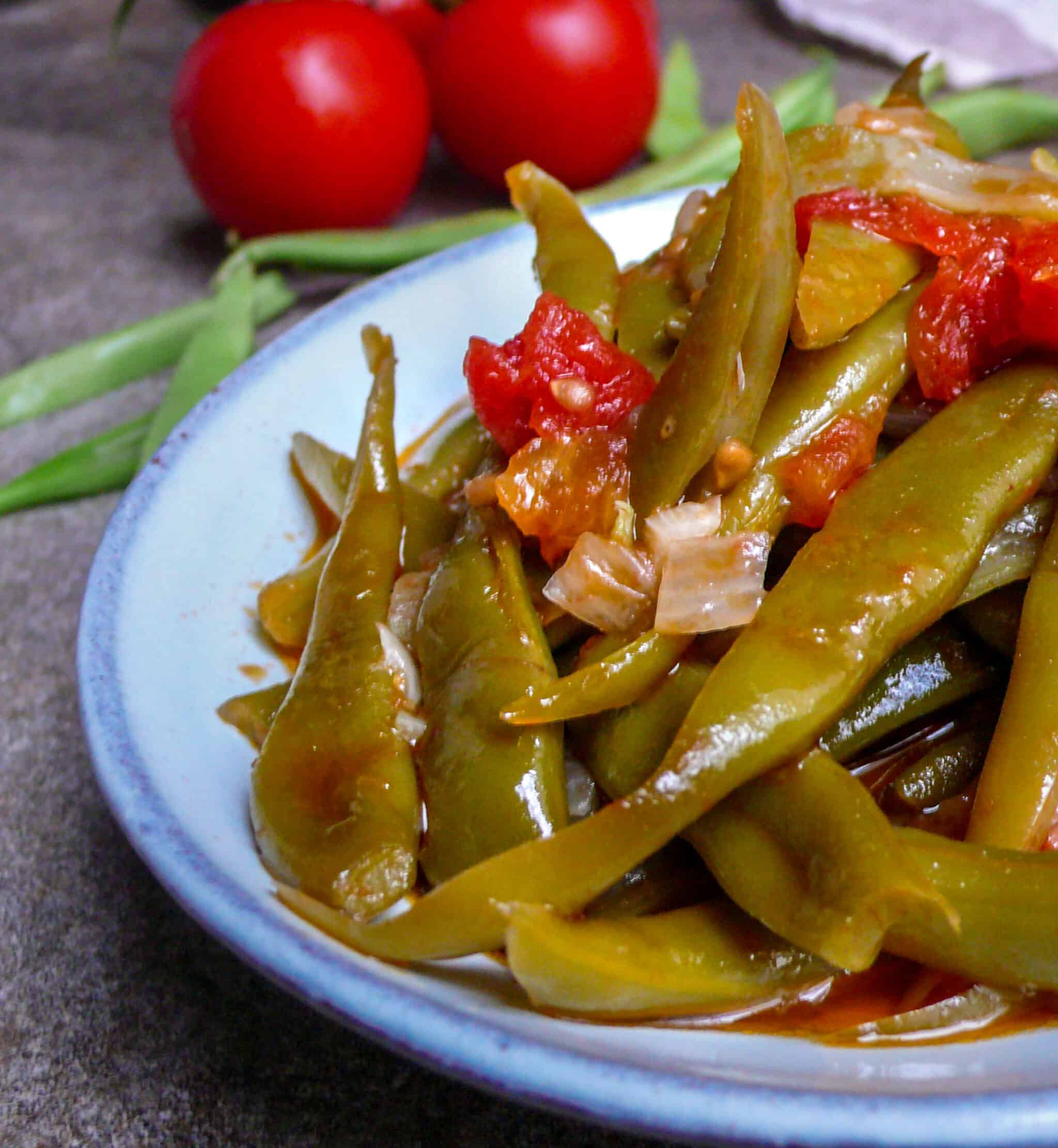



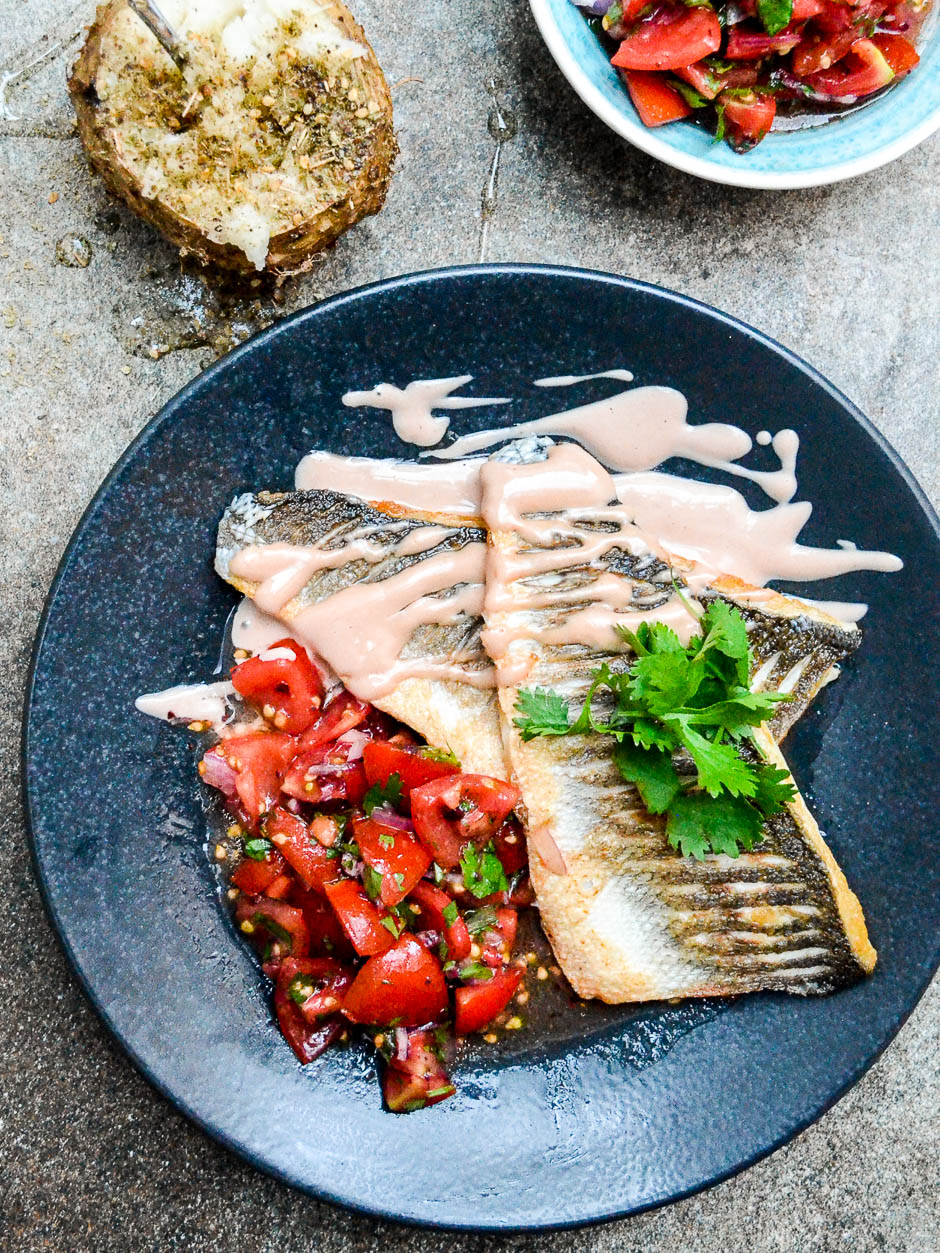
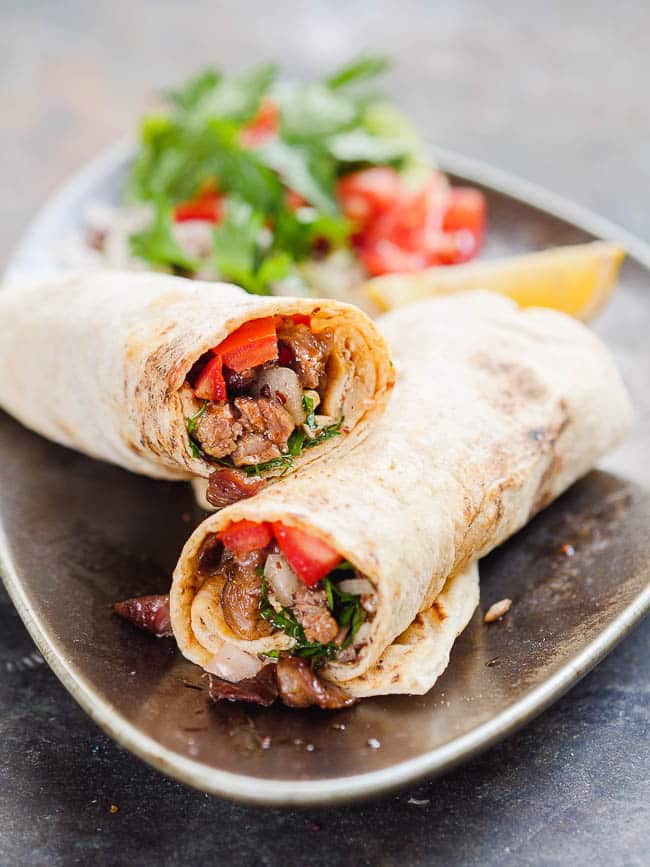
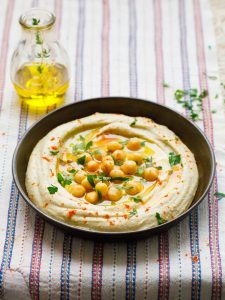
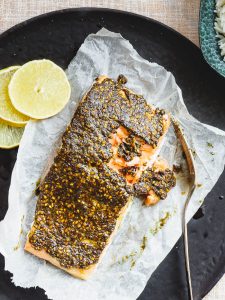
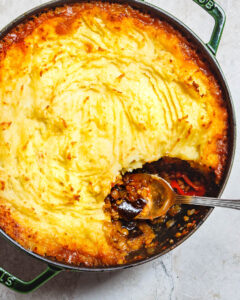




5 responses
Excellent! As are all your recipes. Many thanks for helping me learn how to cook Turkish for my Turkish husband.
This sounds like a recipe for exactly how Turkish people would cook green beans in most of Turkey. But one needs to remember that Turkey is a large country and the way people make green beans, as well as the taste, change a little regionally although very delicious no matter what part of Turkey. Thank you for sharing your recipe and comments. You took me back home for a little trip with this recipe.
Certainly! This is one of my favourite aspects of cuisines like the Turkish – even the simplest of foods have endless versions and variations. Thanks for adding this aspect to the discussion. Best, Vidar
We ate it frequently in restaurants in Nazilli, in SW Turkey when I was
in the Peace Corps and I fixed it at home also (we were
English teachers as a 2nd language)
Later when I returned, my father who was with Project Concern, a non profit,
was attending a potluck and wanted a dish to take
I made a huge pot of it and he said it was gone in minutes
Many asked me for the recipe later
I tried before the Greek version of your recipe. Now I will try yours. Thanks for idea!